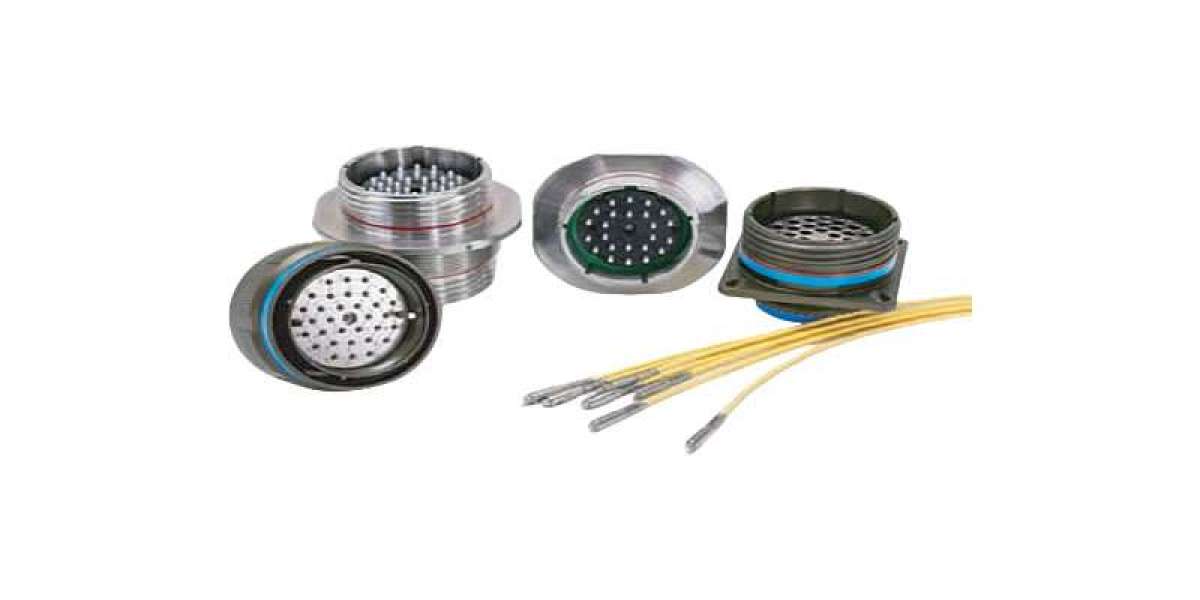A laser ceramic ring is a critical component used in laser cutting, welding, and engraving systems. It is typically made from high-performance ceramics like zirconia or alumina, known for their thermal stability, durability, and electrical insulation. This ring plays a vital role in nozzle alignment, beam focusing, and insulation, especially in CO₂ and fiber laser machines.
? Why Use Ceramic in Laser Applications?
Ceramic rings are preferred over metal or plastic due to:
High dielectric strength: Prevents arcing in high-voltage systems
Exceptional heat resistance: Ideal for applications with continuous high temperatures
Non-corrosive properties: Resistant to oxidation and harsh chemical environments
Minimal thermal expansion: Maintains alignment and shape under heat stress
These properties ensure long service life, greater process reliability, and reduced maintenance in industrial laser systems.
⚙️ Key Functions of a Laser Ceramic Ring
| Function | Purpose in Laser Operation |
|---|---|
| Nozzle Insulation | Electrically isolates the nozzle from the laser head |
| Beam Focus Stabilization | Maintains correct position of the focusing lens/nozzle |
| Heat Dissipation | Withstands extreme thermal stress during cutting or welding |
| Mechanical Support | Provides structural stability under high-speed movements and vibrations |
| Replaceable Interface | Acts as a sacrificial part, protecting more expensive components during breakdown or failure |
? Common Materials Used in Laser Ceramic Rings
| Material | Properties | Use Cases |
|---|---|---|
| Zirconia | High fracture toughness, low thermal conductivity, wear-resistant | CO₂ laser cutting heads |
| Alumina | Excellent electrical insulation, thermal resistance | Fiber lasers and hybrid systems |
| Silicon Nitride | Lightweight, tough, good shock resistance | Compact and portable laser units |
? How It Works in Laser Cutting & Welding Heads
The laser ceramic ring is mounted in the cutting head beneath the collimating and focusing lens. It works in tandem with the nozzle tip, ensuring:
Proper alignment of the focal point to the workpiece
Shielding from electrical discharges
Stability for precise and repeatable laser paths
Isolation of metallic parts during high-voltage plasma interactions
Without the ceramic ring, thermal stress and misalignment can cause beam distortion, spatter contamination, or catastrophic failure in the cutting head.
✅ Benefits of Using Laser Ceramic Rings
Extended Machine Lifespan
Protects high-value components, reducing system wear and replacement costs.Enhanced Cutting/Welding Quality
Maintains focus precision and improves surface finish on metals like stainless steel, aluminum, and titanium.Minimized Downtime
Easy to replace; minimizes the need for full head disassembly or recalibration.Safety and Insulation
Offers excellent electrical insulation for high-frequency and high-voltage systems.
? Industry Applications of Laser Ceramic Rings
| Industry | Application |
|---|---|
| Automotive | Laser welding of body frames and structural parts |
| Aerospace | Precision cutting of turbine blades, panels |
| Medical Devices | Micromachining of surgical tools and implant components |
| Electronics | PCB cutting, battery welding, enclosure fabrication |
| Jewelry | Fine laser engraving and soldering of precious metals |
? Replacement & Maintenance Tips
Signs You Need a Replacement:
Inconsistent cut or weld quality
Electrical arcing or shorting
Physical cracks or discoloration
Nozzle misalignment
Best Practices:
Always use OEM or high-quality aftermarket ceramic rings
Avoid overtightening during installation
Clean the ceramic with non-abrasive solvents to remove metal vapor deposits
Replace as part of routine maintenance every 400–800 working hours, depending on use
? Choosing the Right Ceramic Ring: Buyer’s Checklist
When selecting a ceramic ring for your laser machine, consider the following:
Laser Type Compatibility: Fiber, CO₂, or diode laser
Dimensions: Outer and inner diameters must match nozzle holder specs
Material Grade: Based on heat load and voltage insulation needs
Brand Quality: ISO-certified manufacturing preferred for industrial use
Reusability & Durability: Opt for rings with verified mechanical lifecycle data
? Frequently Asked Questions (FAQs)
Q1: Are laser ceramic rings universal?
A: No. They vary in size, shape, and thread pitch depending on the laser brand (e.g., Precitec, Raytools, WSX). Always check your laser head’s compatibility.
Q2: How often should I replace the laser ceramic ring?
A: Every 400–800 hours of cutting/welding, or sooner if performance degrades or visual damage appears.
Q3: Can I clean a ceramic ring with alcohol or ultrasonic cleaners?
A: Yes. Use high-purity isopropyl alcohol and soft lint-free cloths. Avoid abrasive tools that can damage the ceramic.
Q4: Do laser ceramic rings affect beam accuracy?
A: Yes. A misaligned or damaged ceramic ring can skew the focal path, reducing precision and surface quality.
Q5: What’s the difference between zirconia and alumina ceramic rings?
A: Zirconia offers higher toughness and thermal shock resistance, while alumina provides better dielectric performance. Choose based on your specific laser system needs.



